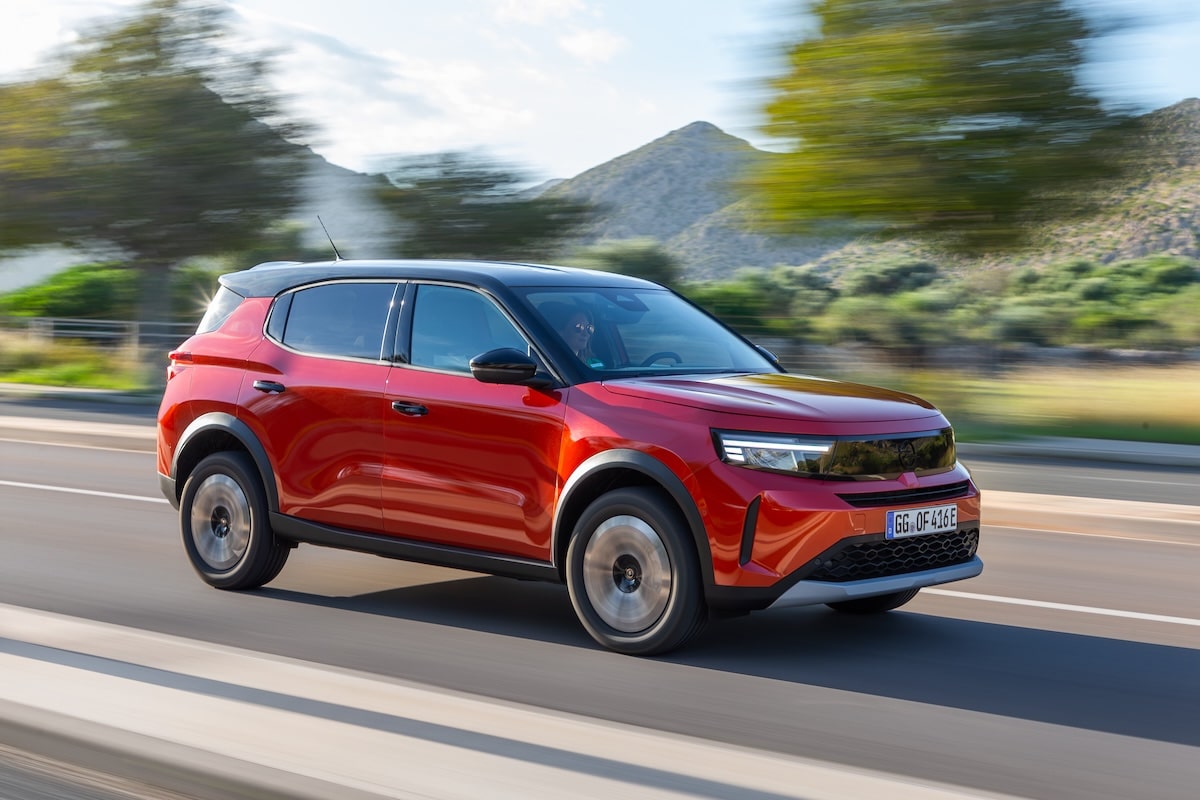The Opel Frontera Electric gains 100 km of range, a lie?

German copy of the Citroën ë-C3 Aircross, the Opel Frontera also benefits from an extended range version with a 54 kWh battery.
Who has already spotted the new Opel Frontera – both thermal and electric – in the streets of France? It’s hard to gauge the commercial performance of the German manufacturer in the Hexagon, but it likely isn’t glorious. This is even more true considering the very poor sales of the Citroën ë-C3 and ë-C3 Aircross. Why? Because the still elderly clientele has not yet embraced electric vehicles.
So, what about the relevance of offering a second version of the Opel Frontera? Furthermore, in France, there is no official communication. To find it, one must look to Germany and the United Kingdom.
You might be interestedin this article:
Lambda battery of 54 kWh
In the organ bank of the Stellantis group, there is the star electric powertrain based around the 54 kWh battery. Depending on the brands and models, the power varies between 100 and 280 horsepower.
In the case of the Opel Frontera, this new battery is paired with a modest, even very modest, power of 113 horsepower. While the weight is not enormous (about 1600 kg when empty), the performance is sluggish: 0 to 100 km/h in 13 seconds!
The promise, compared to the Standard battery of 44 kWh, is an increase in range of 100 km to reach 408 km. But is this information simply misleading?
Misleading range?
By increasing its battery capacity by 10 kWh, the Opel Frontera electric vehicle with extended range would gain 25% in range. All good on paper, but is the consumption really 10 kWh per 100 km? No, the manufacturer reports 18.2 kWh/100 km for the Standard version. So how is this possible?
Somehow, Opel has reduced the WLTP consumption to 16.1 kWh/100 km, a reduction of… 12%. Therefore, even dividing 54 kWh by 16.1 kWh/100 km, one barely reaches 335 km of range. As for the Standard battery version, 44 kWh divided by 18.2 kWh/100 km yields a real attempt from 300 to 241 km of range.
Ultimately, it’s hard to know what to think. A small electric SUV with 54 kWh should, indeed, be capable of at least 400 km. But for that, it would need a consumption lower than 12 kWh/100 km.
Is the customer fooled? Apparently not, judging by the sales. Finally, what about the prices? Nothing announced in France, but based on the Citroën experience, the price increase would be around 3000 euros for this more generous battery.
ALSO READ: Renault Megane E-Tech: prices go up and down considerably
This page is translated from the original post "L’Opel Frontera Electric gagne 100 km d’autonomie, mensonge ?" in French.
We also suggestthese articles:
Also read





